About
Our Mission
How does Lincoln Marsh benefit the community?
Recreation
Thousands of people visit Lincoln Marsh Natural Area each year to hike, picnic, and enjoy the outdoors. Nature enthusiasts find great bird-watching opportunities. Lincoln Marsh trails connect with the Illinois Prairie Path, making it an ideal place to jog, bike, or cross-country ski. The Prairie Patch Play area provides outdoor unstructured exploration.
Programs
The Lincoln Marsh offers a wide variety of programming opportunities to over 7,000 participants every year. We provide Nature and Adventure Programs to schools, groups, scouts, individuals, and families. Our Challenge Course includes cooperative games, team building, and a climbing tower.
Flood Control
The marsh stores stormwater during heavy rains and floods. It would cost more than $10 million to construct the stormwater retention facilities that the marsh provides naturally.
Water Quality Improvement
The marsh improves the surface and groundwater quality for surrounding communities. Wetland plants, soil, and hydrology cleanse silt and chemical pollutants from the water.
Wildlife Habitat
Although it’s called Lincoln Marsh, the park features several habitats: wetlands, wet-mesic grasslands, mesic prairies, successional woodlands, and mature oak-hickory woodlands. This array of habitats helps to support a diversity of over 300 plant and animal species. Just a few are listed below.
Plants
Cattails
Oak & Black Cherry Trees
Goldenrod
Coneflowers
Asters
Big Bluestem
Trout Lily & Trillium
Animals
Red Fox & Coyote
White-tailed Deer
Bats
Mink & Muskrats
Painted Turtles
Chorus Frogs & Bullfrogs
American Toads
Birds
Red-winged Blackbirds
Downy & Hairy Woodpeckers
Red-tailed Hawks
Great Horned & Screech Owls
Bluebirds
Wood Ducks
Great Blue Heron
What is the history of Lincoln Marsh?
A Timeline Summary
Based on an archaeological survey performed in 1987 it was determined that the Lincoln Marsh area was a hunting ground during the Late Woodland Period with likely the same topography as today.

